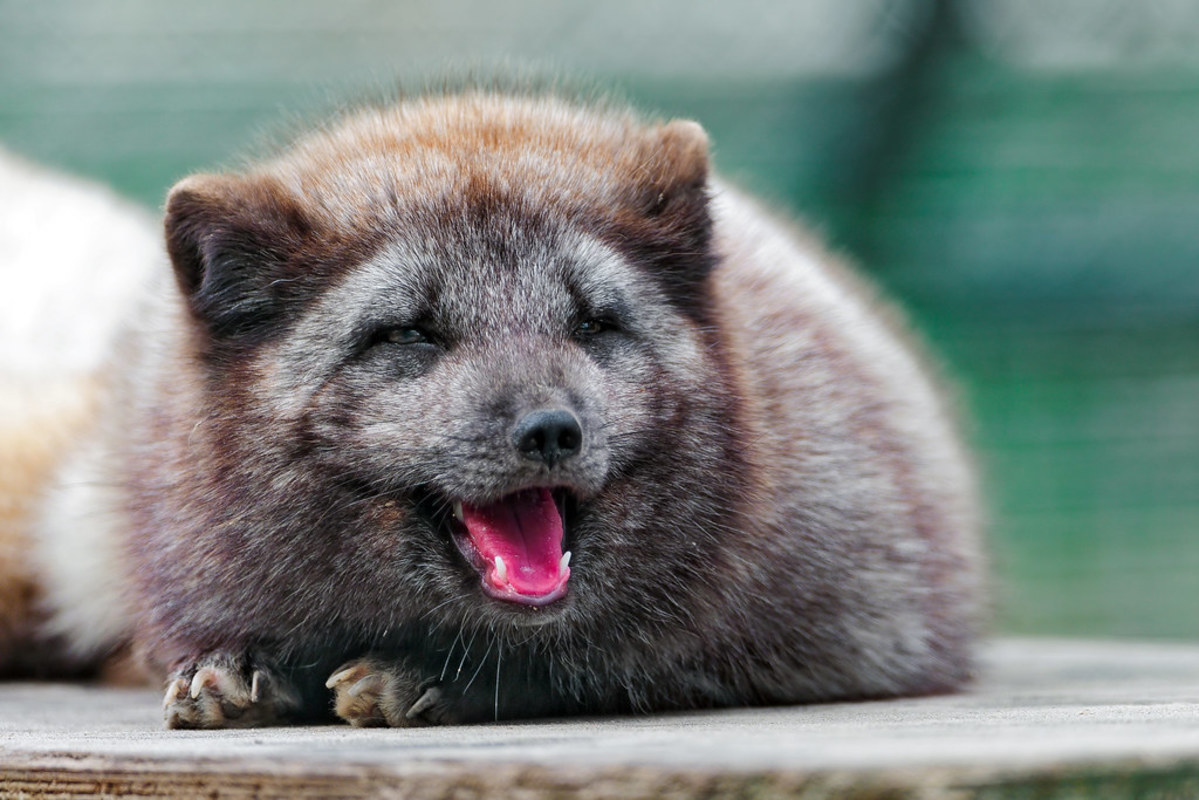
A Controversial Pet
Across the United States of America, owning foxes as pets (particularly red foxes and arctic foxes) is a hot topic of debate—even though it really shouldn’t be. Foxes are one of the most popular “exotic pets” you can own, and the species you’ll find kept as pets range from the miniscule two-pound fennec fox to the larger red fox, which weighing upwards of 12 pounds.
The controversy involved in owning foxes as pets stems mainly from the belief that they are wild animals. Most state laws prohibit their possession on this basis, categorizing them in their law as “wild,” “exotic,” or even “injurious.” On the other hand, the average person you’ll encounter is unlikely to support the idea of someone else keeping a pet fox, no matter how well its welfare standards are met, due to society’s conditioning to be less accepting of any animals that are not commonly owned, regardless of whether said species is domesticated or not; people are more accepting of animals they are familiar with.
Owning pet foxes is a topic I’ve written about in many articles, discussing their behavior and care at length. However, I have yet to cover one of the most glaring hypocrisies that exists in the conversation: the fact that foxes are pets.

A Domestic Species
It’s probably new information to you that foxes are pets. While the research of Soviet geneticist Dmitry Belyayev and his experiments on fur farm foxes are widely known due to recent media prominence, the former is not.
Foxes, particularly the red fox (foxes) have been raised by people for their fur in Canada since 1895[1], which is 35 years after mink farming in North America. However, more impressive archaeological findings suggest that the domestication of foxes may have gone as far back as 800 CE in Scotland.[2].
Because of this rich history, the United States government describes foxes as agricultural animals under federal law. (US Code Title 7, Chapter 7, § 433)and many states, such as Wisconsin and California, explicitly declare them pets[3].
These two species, along with mink and other furbearers, have been extensively and selectively bred for over a century on fur farms throughout North America and Europe for their unique coat color and commercial use. It is important to understand that behavior and disposition had little to do with the domestication of these species, and while they are easier to handle than truly wild foxes, they were not originally bred with the intention of raising them as pets.
The same can be said for another animal originally domesticated for its fur, now commonly kept as an “exotic” pet: the chinchilla.

Double standard
The chinchilla (chinchilla chinchilla) is a medium-sized rodent commonly found in pet stores around the world. In the United States, they are kept as pets immediately, and are rarely considered exotic animals; more often than not they are rightly recognized as a domesticated species.
Chinchillas have been bred for their fur since the 1600s[4] and while this time period predates other fur bearing mammals such as the fox and mink, the degree of genetic and behavioral changes in them compared to their wild counterparts is still comparable; apart from different coat colors and a more stable temperament, a domestic chinchilla or fox is indistinguishable from a wild one. So why are people so averse to considering just one of these species domesticated?

The situation becomes even more intriguing when we add the fact that despite federal law protecting furbearing mammals such as foxes and chinchillas as domestic livestock, in most states it is completely illegal to own them as pets – you can only have foxes if you intend to farm them for their fur and financial gain from it. And in almost every state, like North Carolina, the rationale is for them not to be kept by private owners because of “public safety” and rabies concerns.
If these animals were such a dangerous threat to public safety and the people who handle them, lawmakers would be more concerned about fur farming facilities that keep hundreds or thousands of foxes. in wire cages. It is clear that the claims of public safety are bogus, and the private ownership of foxes is only illegal because it is not financially profitable.
If the federal government truly believes that these animals are pets, then lawmakers are being dishonest by labeling them as “exotic wildlife” and prohibiting private ownership of them under the pretense of “public safety” and “ethics”, while millions are owned and raised on fur farms each year without a second glance from lawmakers at the federal and state levels.
Sources
[1] International Fur Trade Federation. “The Socio-Economic Impact of International Fur Farming“(PDF)
[2] Sigurd Towrie: Academics ponder Orkney’s fox-farming past, in: Orkney Jar, 20 November 2006, based on: Journal of Archaeological Science
[3] A., L., and Peterson. (1970, January 1). Detailed Discussion of Fur Animals and Fur Production Animal Law Legal Center.
[4] Vergara, Angela. “From Wilderness to Breeding Farm: The Domestication of Chinchilla lanigera.” Environment and Society Portal, Arcadia (Summer 2022), no. 15. Rachel Carson Center for Environment and Society.
This content reflects the personal opinions of the author. It is accurate and true to the best of the author’s knowledge and should not be substituted for unbiased facts or advice on legal, political, or personal matters.


